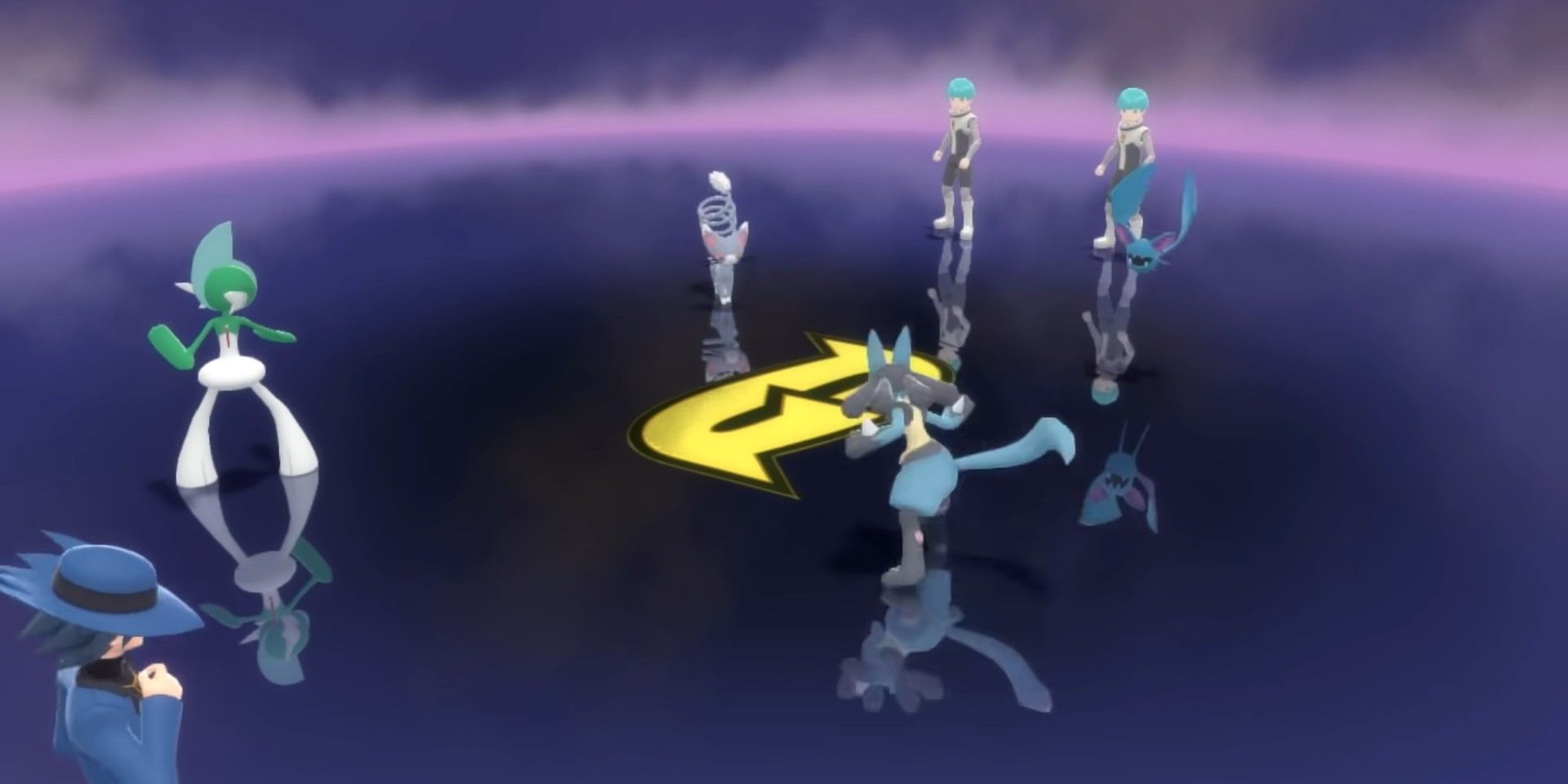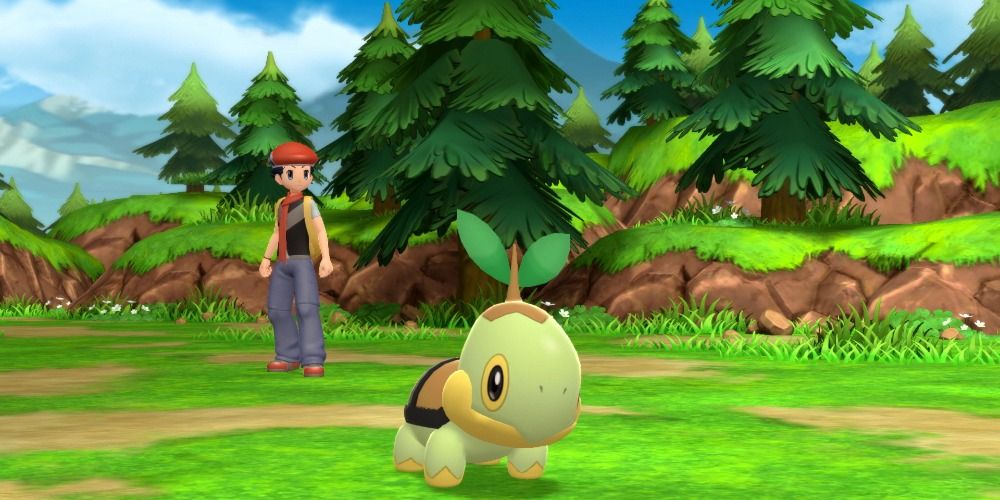While the Exp. Share is an incredibly useful item, it has become the focal point in the declining difficulty of recent Pokémon titles. The new and improved version of the Exp. Share injects the game with a major leveling issue that can actually be avoided somewhat by players. However, it's becoming more difficult to manage.
When Pokémon X& Y was released in 2013, one of the biggest changes made was the transformation of the Exp. Share from a held item to a key item. With this change, the Exp. Share awarded experience from battle across the player's entire party, not just to the single Pokémon holding the item. This was a major quality of life improvement for Pokémon, as it instantaneously eliminated any need for players to spend time grinding their team's levels higher at any point in the game. However, an immediate downside to the change was that it trivialized the difficulty of Pokémon.
While the universal Exp. Share was an incredibly convenient change, it ultimately resulted in players having a party full of significantly over-leveled Pokémon. This problem could initially be avoided by turning the Exp. Share off, which was a fairly simple way to manage levels and experience gain. But in Pokémon: Let's Go, Pikachu! and Eevee!, the ability to disable the Exp. Share was removed and it was not re-added with the release of Pokémon Sword and Shield. The inability to disable Exp. Share became a major point of contention for players who already felt the games were getting too easy. Now, with the upcoming release of Pokémon Brilliant Diamond and Shining Pearl, Exp. Share remains a permanent mechanic. This makes it much more challenging for players to manage their way around the increased rate of experience gain, but it's not impossible.
Pokémon's Exp. Share Can Be Managed With a Rotating Party
The easiest way to manage experience gain in Pokémon now is to simply use a much larger rotation of party members. In a world where the Exp. Share is permanently active, it's impossible to simply create a party of six Pokémon and play through the game without them becoming overleveled and steamrolling the latter half of the game. So to compensate for the increased rate of experience gain, players can use as many as 10-15 Pokémon and continuously cycle them through the party in an effort to maintain some level of difficulty. This has become a much easier task with the added convenience of having the Pokémon storage box available to the player at all times, but it's the only real way to control the levels of Pokémon in the player's party.
The change to the Exp. Share is a double-edged sword. On one hand, it's now one of the most convenient mechanics in all of Pokémon, but the downside is that it's played a significant role in making Pokémon games too easy. As long as the Exp. Share cannot be disabled, it's a difficult mechanic to navigate - but it is possible for players willing to rotate through a larger collection of Pokémon throughout the game. But in addition to the experience management, it also offers a way for players to inject much more variety into their teams as opposed to simply using the same six Pokémon the entire time, which is a nice benefit.


